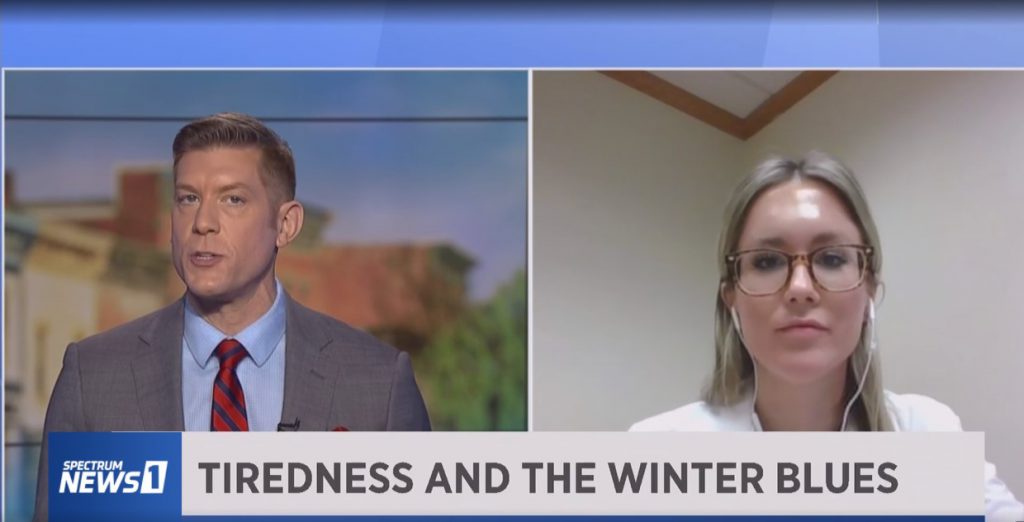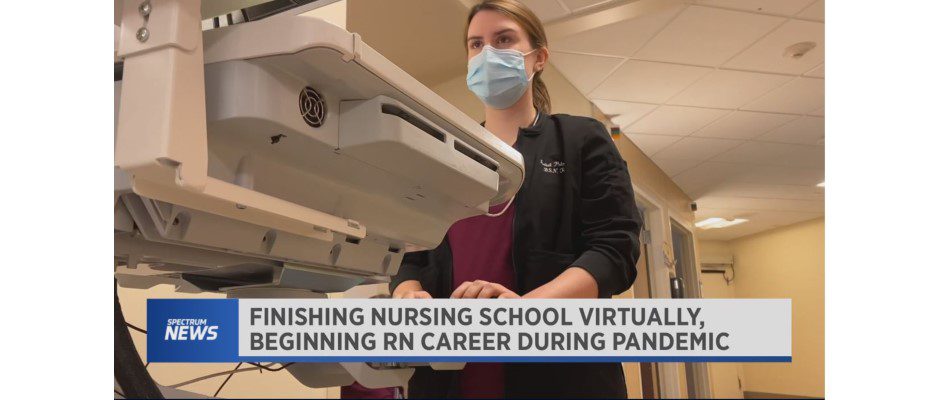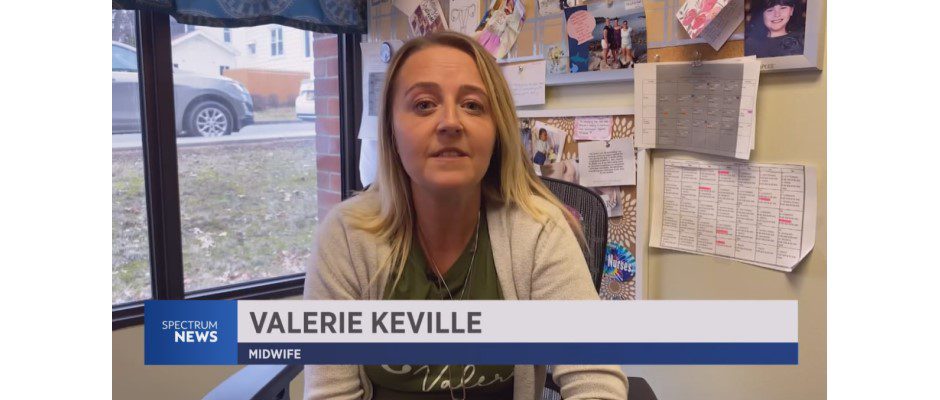
The clocks have turned back and days are now shorter. For many, the lack of sunlight in the late autumn and winter months can trigger negative feelings, even depression.
Megan Nolan, D.O., of St. Peter’s Internal and Family Medicine, was interviewed by Spectrum News 1 about the symptoms of Seasonal Affective Disorder and the treatments available.
From the story:
The National Institute of Health says millions of Americans may suffer seasonal affective disorder during this time.
The symptoms usually start in late fall or early winter and go away in the spring. You may end up feeling sad for short periods of time or not like your usual self.
Dr. Megan Nolan, from St. Peter’s Internal and Family Medicine, joins Spectrum News 1 and says a lot of people throw around the term Seasonal Affective Disorder without actually getting the diagnosis. She also talks the winter blues, tell-tale signs of SAD and what we can do to combat it.
Click here to watch the full report.





